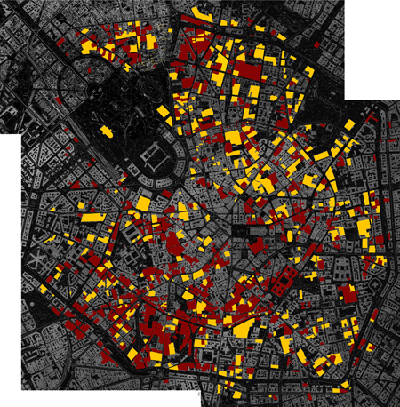Giornata della Memoria 2014
Sunday, January 26th, 2014Mirjam Ohringer – Widerstand gegen die Nationalsozialisten in NL
Per la Giornata della Memoria (27 Gennaio 2014), lablog, all’interno del progetto di ricerca REcall, è andato ad ascoltare i racconti di Mirjam Ohringer, una sopravvissuta alla deportazione di Ebrei ad Amsterdam e membro attivo della Resistenza Ebrea in città. Tra le tante cose dette nelle due ore di conversazione, Mirjam ha ricordato di aver rifiutato la possibilità che le si era creata di emigrare in Svizzera per non abbandonare la sua posizione di giovane della resistenza cittadina.




